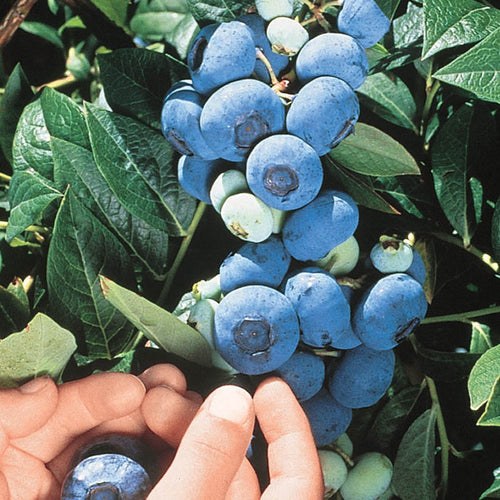What Is a Lowbush Blueberry Shrub?
Blueberry bushes are perennial shrubs, but most will live for less than ten years. The plants grow 6-8 inches in height and 2 feet wide but will produce more fruit when 3-4 feet tall.
How Do You Take Care Of Lowbush Blueberry Trees?
Lowbush blueberry trees should be planted in an area that gets less water. They can thrive in acidic soil with a pH between 4.8 and 6.0. For sandy soil, add peat moss or compost before planting your blueberry tree.
How Much Sunlight Can A Lowbush Blueberry Tree Take?
Lowbush blueberries prefer full sun (at least 6 hours per day), but they can tolerate partial shade if necessary (1-2 hours per day). The leaves of the lowbush blueberry will turn yellow when there is not enough sunlight available for them.
Do Lowbush Blueberry Trees Back Up Every Year?
Lowbush Blueberry trees do not back up at all. They grow well in most climates but will only survive if they get enough shade or waterlogged soil conditions during their growing season (May through August).
What Does A Lowbush Blueberry Tree Look Like?
Lowbush blueberries have tiny leaves that usually grow in pairs along the stem. The leaves are oval-shaped with pointed tips and spiny edges. The stems are woody but not very strong, so they tend to break easily if you walk too close to them.
Where Do Lowbush Blueberry Trees Grow?
Lowbush blueberries grow naturally in North America from Alaska down into northern California, Oregon, Washington, and British Columbia. They have adapted to growing in cold climates because their roots go deep into the soil, and they can withstand some frost.
What Are The Environments In Which Lowbush Blueberry Trees Grow In?
Lowbush blueberry trees are deciduous and require full sun to thrive. They do best with slightly acidic soil (between 5 and 7 on the pH scale) and should be planted in an area with well-drained soil.
Are Lowbush Blueberry Trees Toxic?
No, lowbush blueberries are not toxic. However, if you have pets or small children who may try to eat them, keep a close eye on them when they are around your lowbush blueberry plants.
How Do You Grow A Lowbush Blueberry Tree?
Dig a hole more significant than the size of your root ball and deep enough so that the root ball will sit at least 6 inches below ground level after backfilling with soil from the hole. Backfill the hole with soil from around your newly-planted lowbush blueberry bush, being careful not to pack it down too tightly around the roots as this could cut off air circulation around them, which would kill them over time.
How Do You Care For Lowbush Blueberry Trees?
Souris lowbush blueberry plants can thrive in decent soil, good drainage, and plenty of sunlight.
How Did Lowbush Blueberry Trees Get Their Name?
The name "lowbush" was coined by early settlers comparing these plants with highbush blueberries.



















































